Death is a scary word, one of the words that none of us want to hear. We have all lost people we love and nothing is as horrifying and saddening as the fact that we will never see them again and we have to lay them to rest. Depending on the culture and belief, different people follow different procedures while laying their loved ones to rest. For instance, the Hindus cremate their loved ones ideally within 24 hours while others bury in a tomb and others in a graveyard which is basically a piece of land specifically set aside for burying the dead.
A tomb is generally and structurally enclosed interment space or burial chamber of varying sizes. When we date back to the old days, tombs were most commonly used to bury the dead. For instance according to the Bible, Jesus was buried in a tomb. King Tutankhamen of Egypt was also buried in a tomb. He was an Egyptian Pharaoh of the 18th dynasty and ruled between 1323-1332BC. His tomb was discovered in 1922 by British archaeologist Horwad Carter and it attracted worldwide press coverage and has ever since attracted visitors.
-
-

Photo Courtesy of National Geographic -

Photo Courtesy of National Geographic 
Photo Courtesy of Kenneth Garrett National Geographic
Houses and other buildings can be conserved in different ways; walls can be re-painted and maybe bring in some new furniture but it is almost very rare to think of giving a new or better look to a tomb. However, King Tutankhamen’s tomb will now be able to stand up for a few more years after the Getty Conservation Institute recently announced completion of a decade of work on the 3,300 year old tomb. The purpose of conserving the tomb was to leave it in a condition in which it will be able to serve future visitors.
The joint conservation between the Getty institute and the Egyptian Ministry of Antiquities began in 2009 with the main concern being the brown spots, scratches and abrasions on the wall paintings in areas where visitors have access. Dust tracked in on the visitor’s shoes and clothing had settled on the walls, dulling the appearance of the wall paintings.
-

Photo Courtesy of National Geographic-

Photo Courtesy of National Geographic -

Photo Courtesy of National Geographic
The conservation process began by studying the condition of the 3,300 year old tomb which was a very intense project. The study of the tomb’s condition involved a team which included an Egyptologist to conduct background research, environmental engineers to test the tomb’s microclimatic conditions, microbiologists to study the brown spots, architects and designers to upgrade the infrastructure, scientists to study the composition of the wall paintings and conservators to treat the walls. The biggest role during the conservation period was installing infrastructure like a ventilation and filtration system to limit humidity and dust. The conservators treated the areas of minor flaking on the paintings with adhesives to attach the particles.
Afterwards, they gently cleaned the wall paintings to eliminate the dust, some of which was embedded in the surface. Egyptian conservators had used biocide treatments with an adhesive over the years to kill any microorganisms on the paintings, resulting in shiny areas; the Getty team reduced the adhesive so the shininess disappeared.
The old viewing platform at the entrance to the burial chamber was replaced with a narrower one so that visitors could no longer touch the wall paintings. New signs on the tomb’s modern history remind visitors of the impact that their presence has on their surroundings. The conservators also recommended a limit of 20 visitors at a time who can stay for not more than 10 minutes.
The conservators did not re-paint or restore anything, everything that is visible in the tomb today is just but the original.

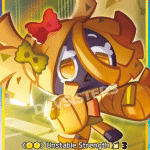
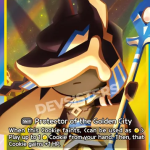

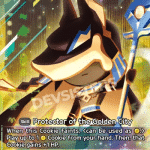




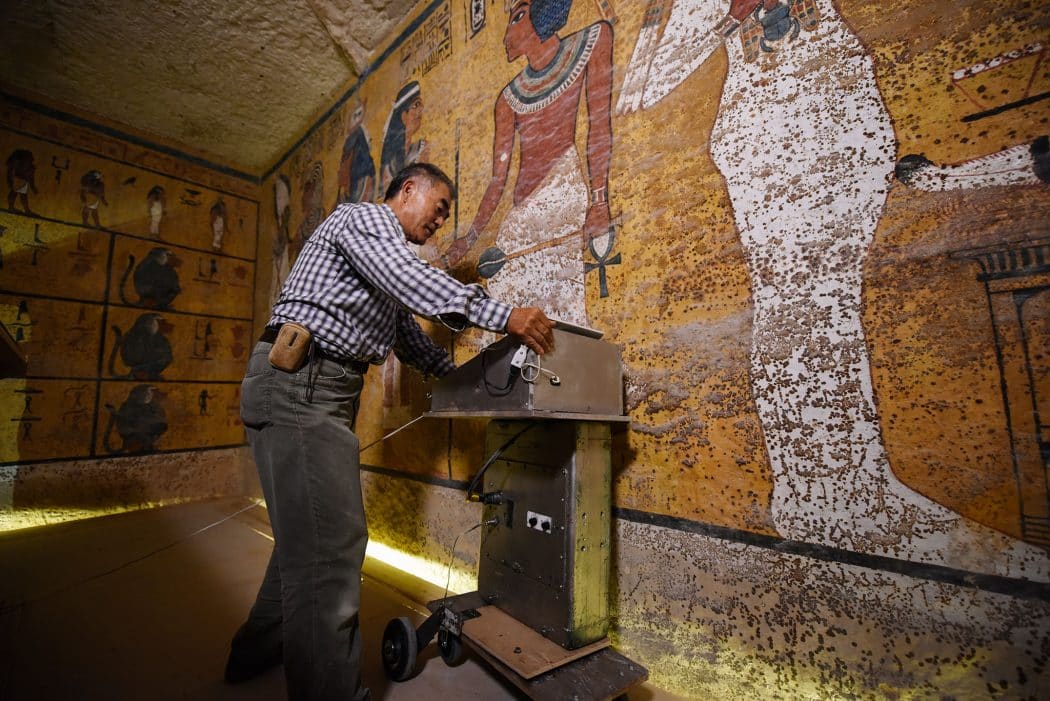

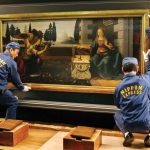






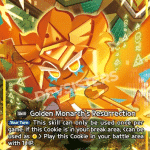




Leave a comment